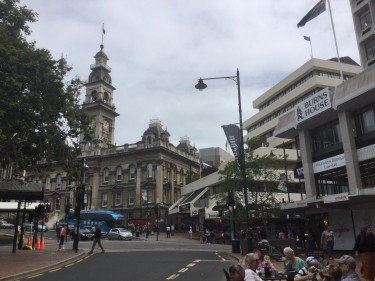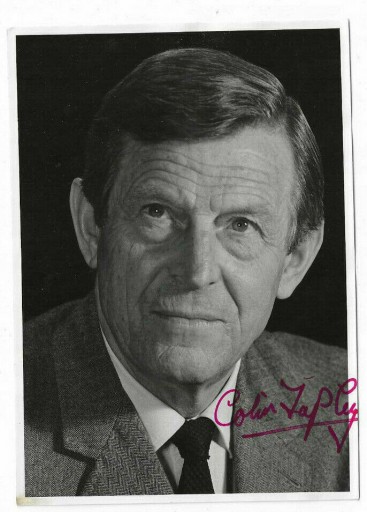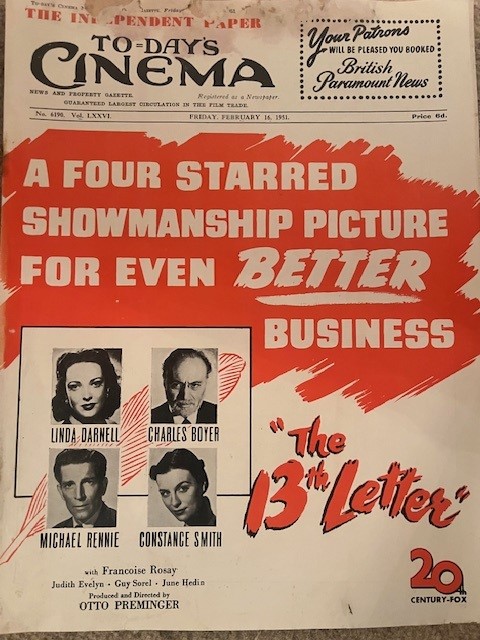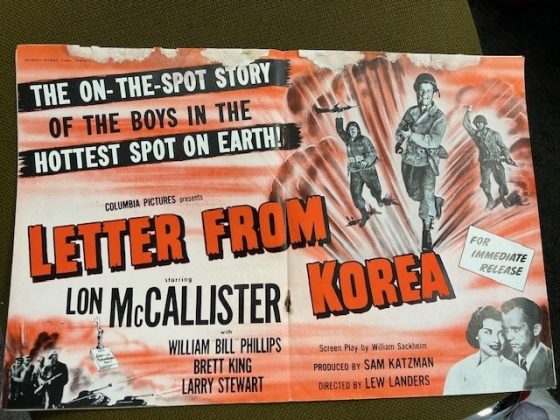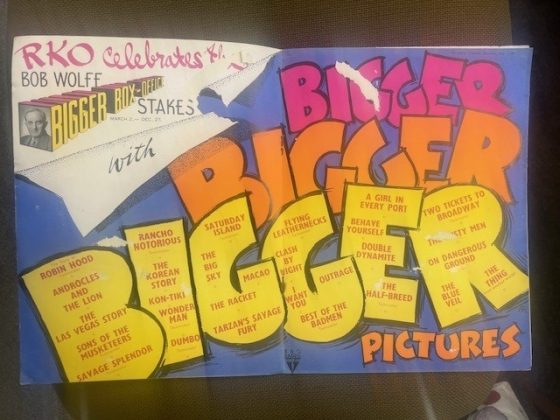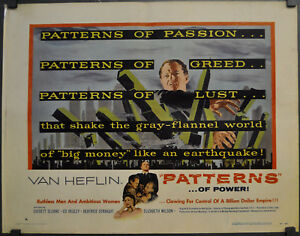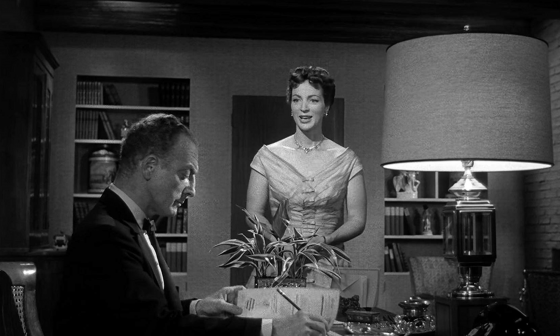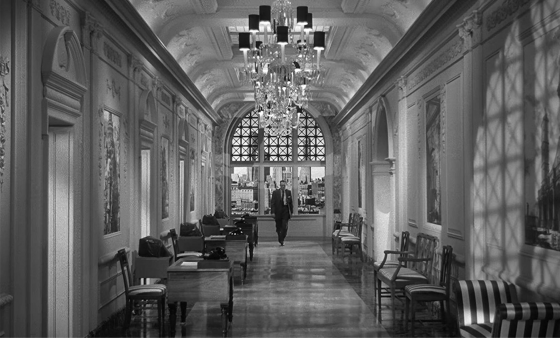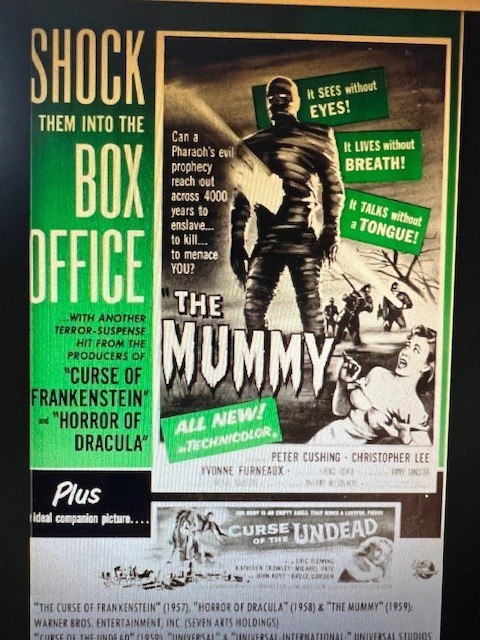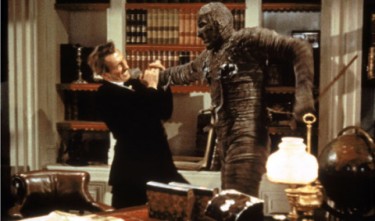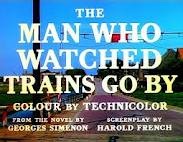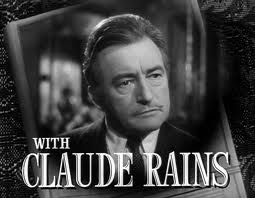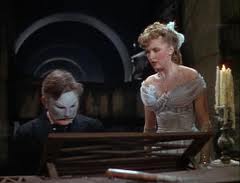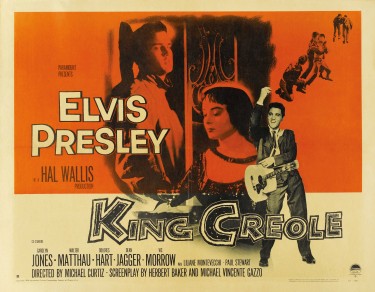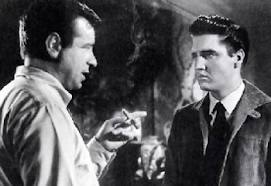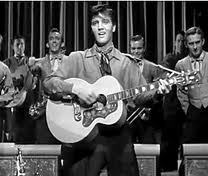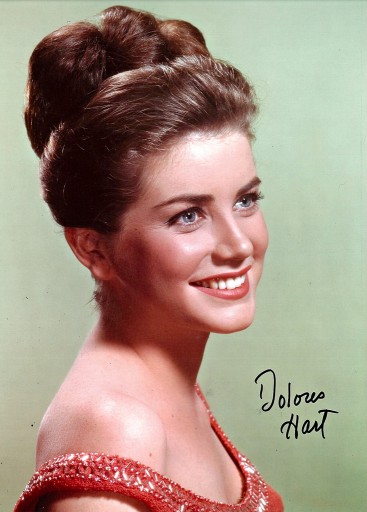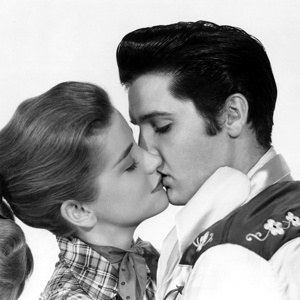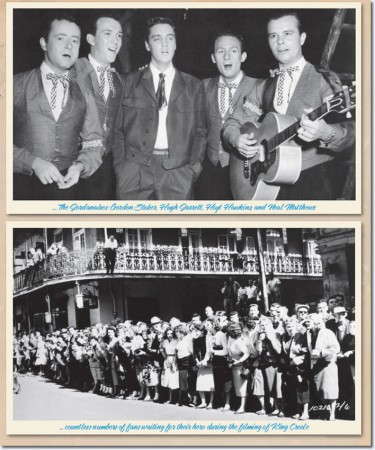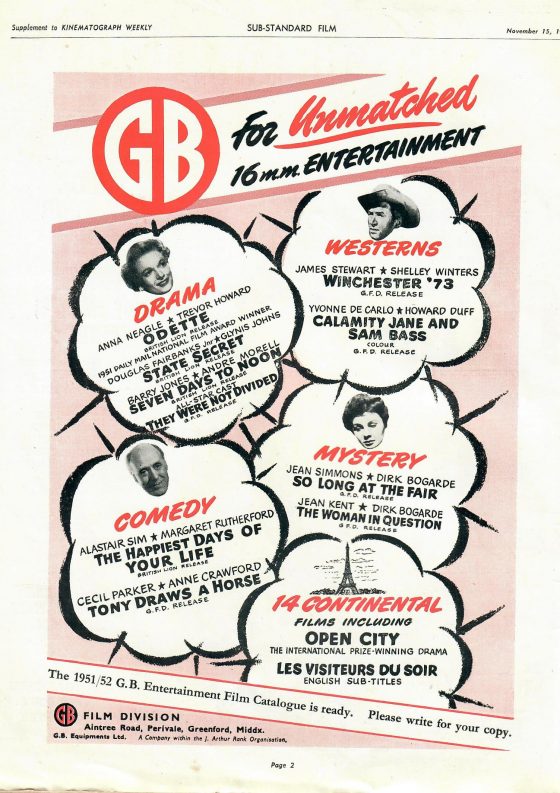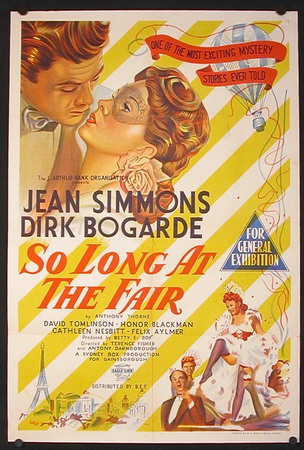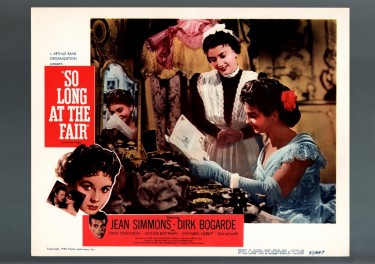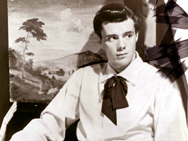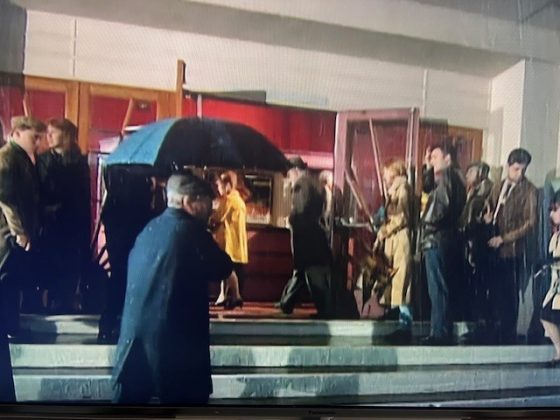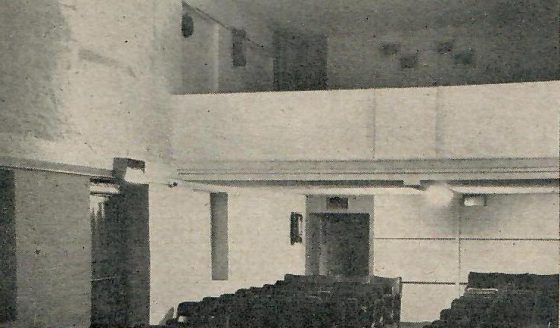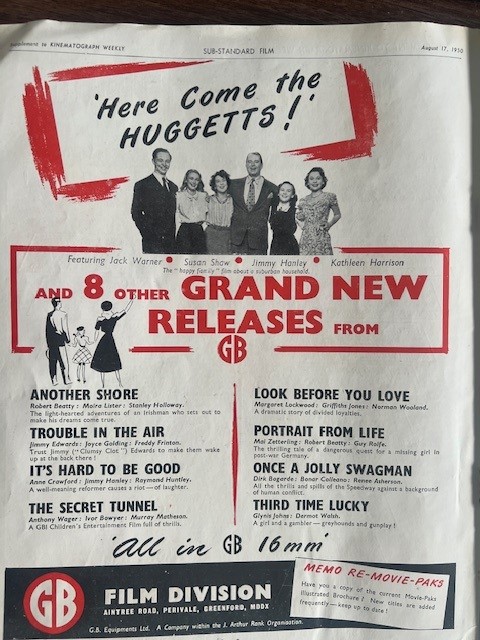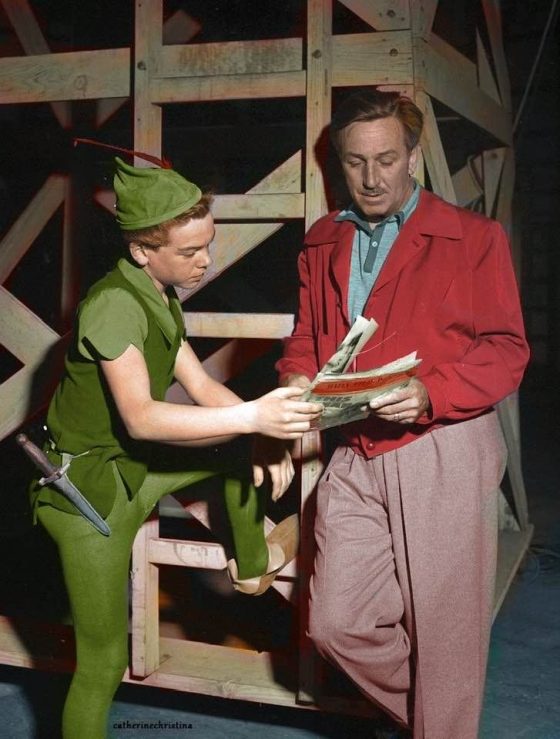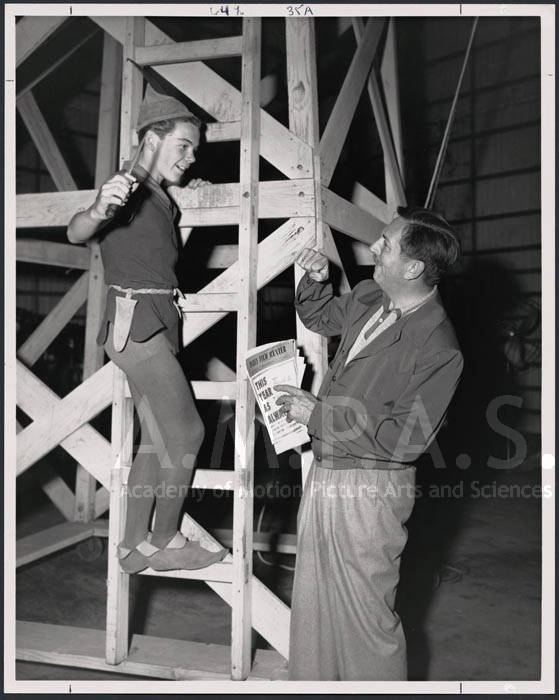This series ran for over one hundred and fifty episodes
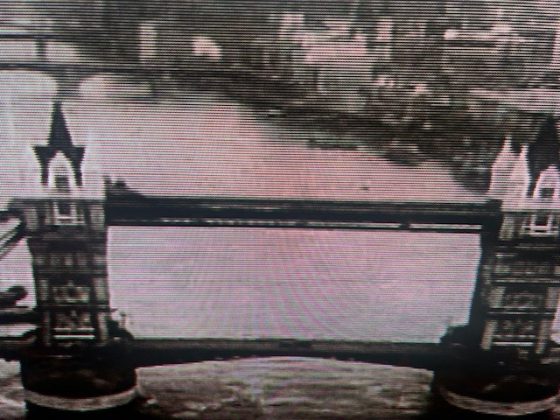
Each episode opened with view of Tower Bridge in London, then cutting to Donald Gray as Mark Saber
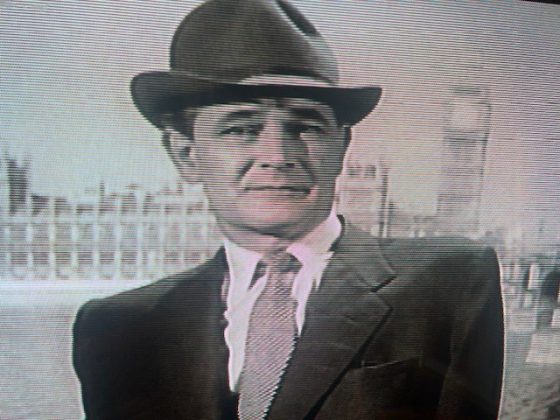
Then we see ‘Saber of London’ against Big Ben
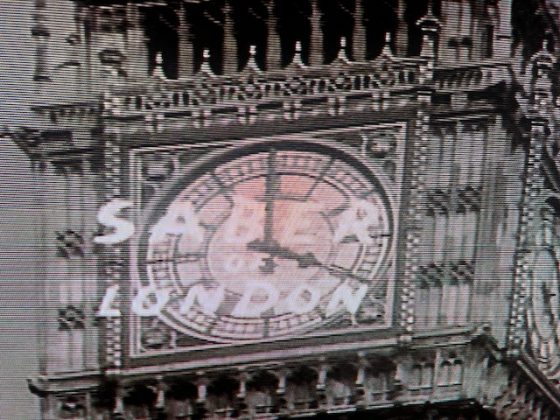
This episode ‘Florentine Madonna’ is an episode – one of the later episodes, that I watched a couple of days ago
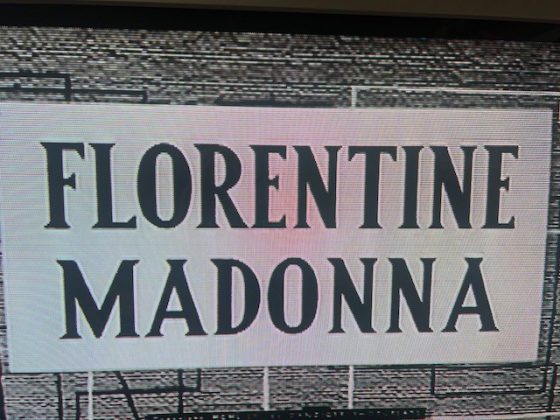
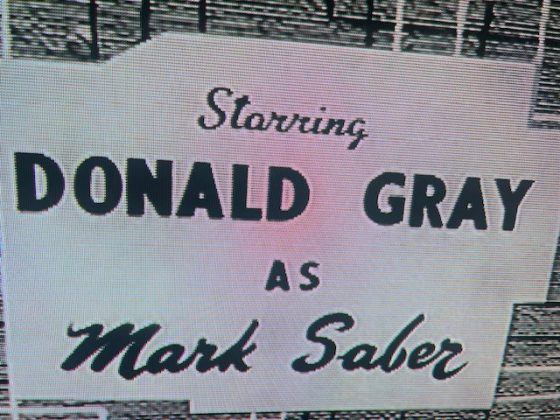
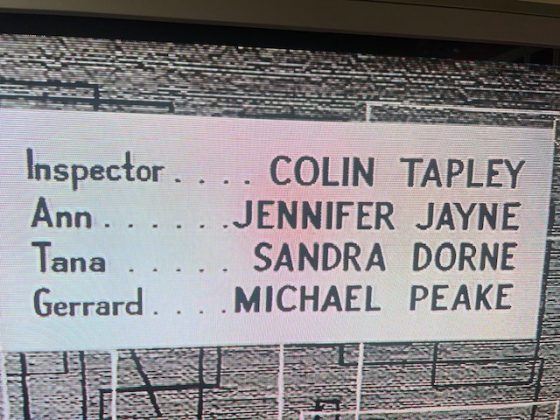
Jennifer Jayne played Mark Saber’s right hand girl and she had quite a big part in it. Colin Tapley played the Police Inspector in a lot of episodes – it must have been good and regular work for actors at the time
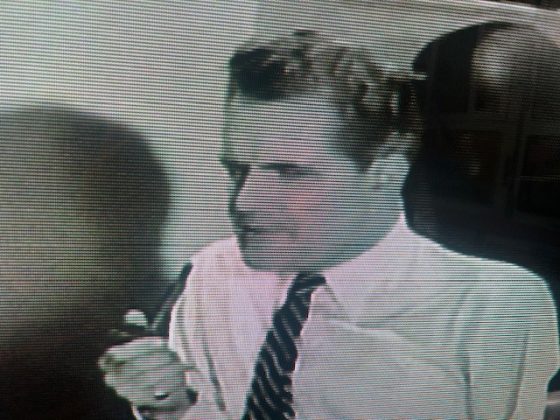
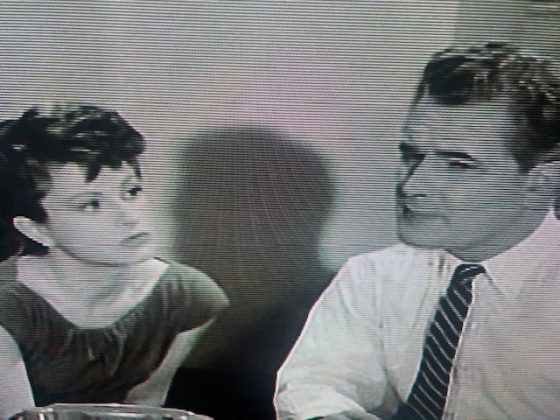
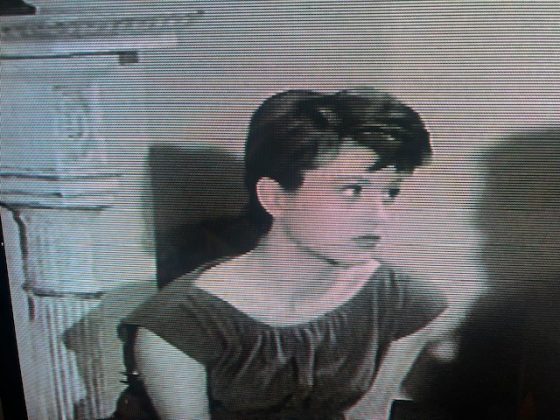
Jennifer Jayne – at and around this time seemed to be in such a lot of famous series – here she played Jill, but we all will remember her best for her major role in William Tell alongside Conrad Phillips. She was also in a few episode of Robin Hood with Richard Greene – and many other film and Television shows
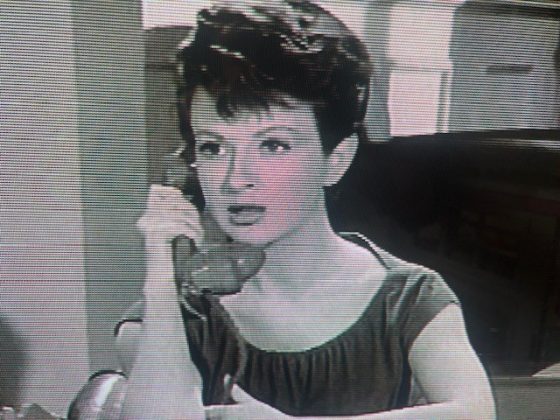
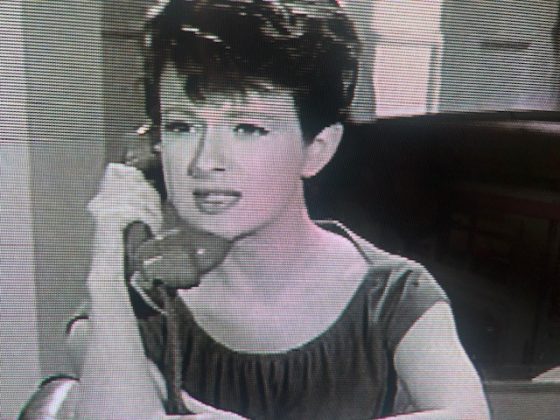
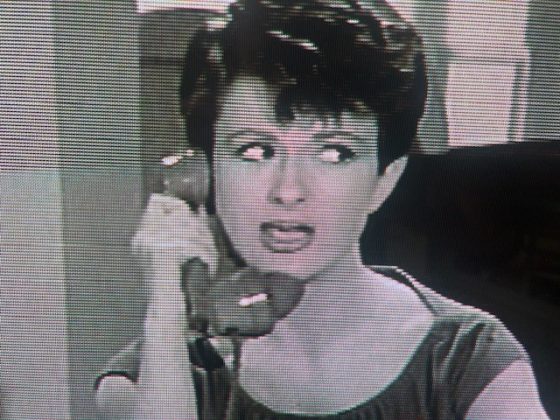
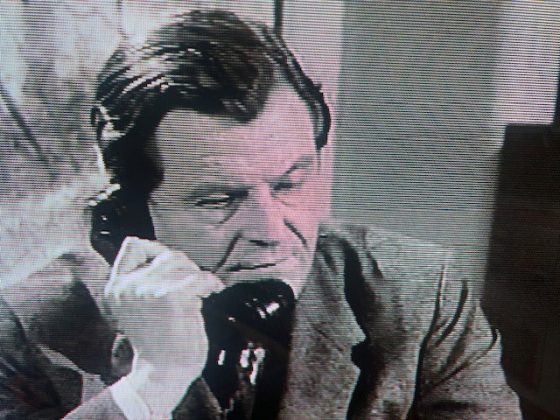
ABOVE – Colin Tapley – what an interesting career he had.
SEE MORE BELOW
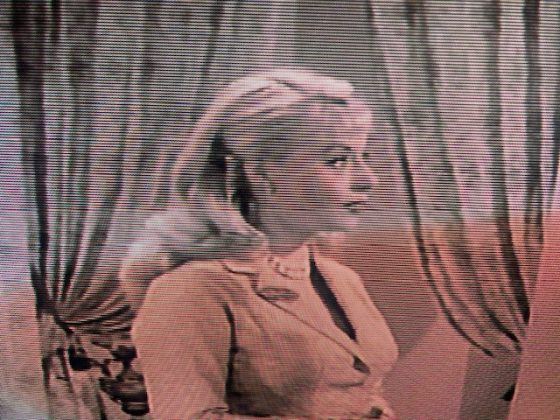
ABOVE and BELOW – Sandra Dorne
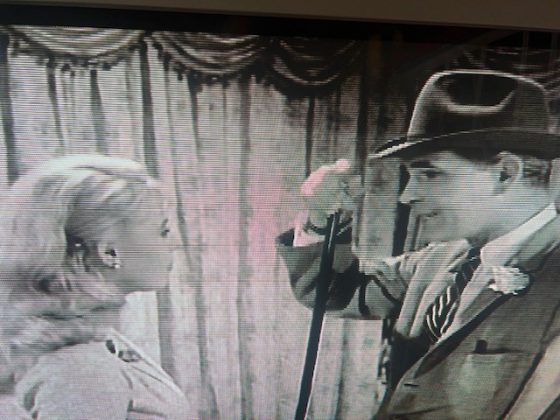
BELOW – Sandra Dorne with Donald Gray. She is one of a gang of Art Thieves but as always she and the others are caught and apprehended – as in these and other series, the plot, the introduction of the characters and the conclusion, are all contained within the half hour episode. Very clever really
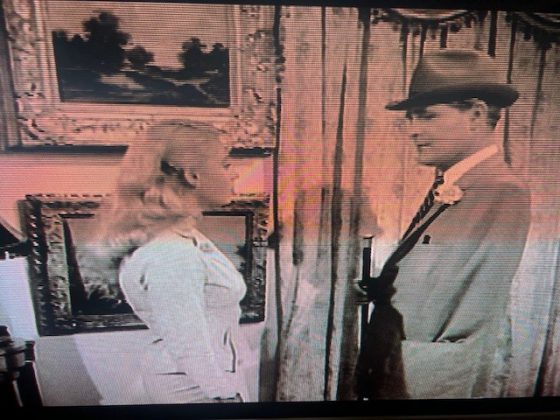
Just take a look at the FOUR pictures below. Mark arrives in his car and I did not recognise what sort it was. I am NOT a Car nut by any means but it did look unusual. It turns out to be a Porsche 356A Cabrio, and that really leave me no wiser but there may be people who read this that would know about such things.
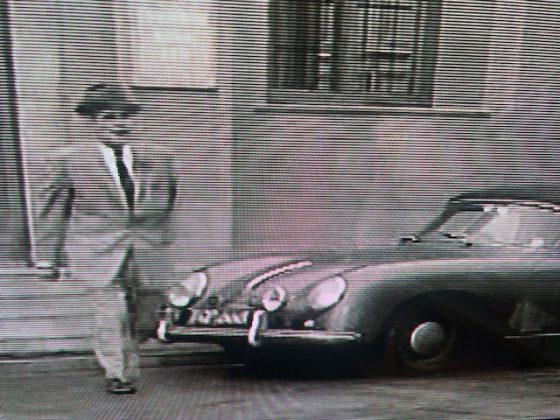
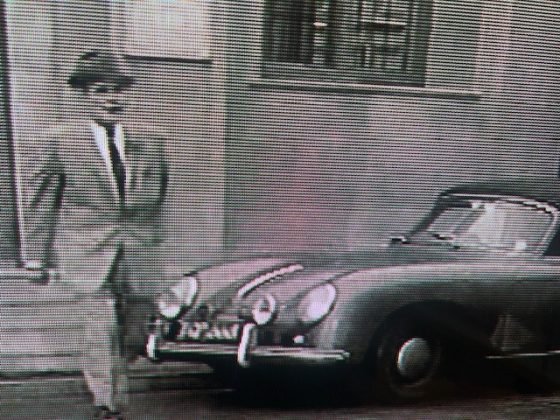
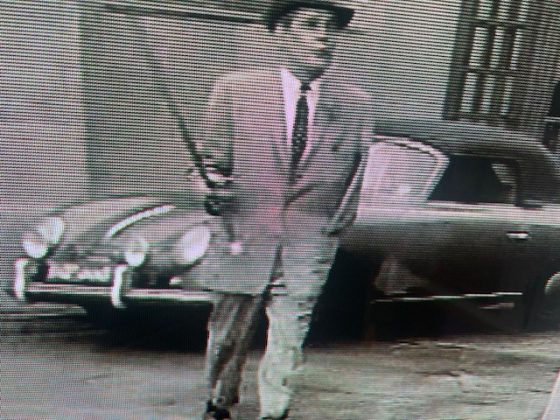
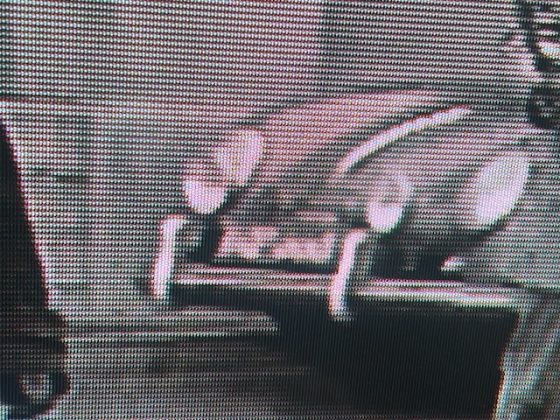
Donald Gray
His was the radio voice which, when transferred to TV, revealed that hje was quite a handsome young man. For some time Donald Gray had been a frequent actor in radio plays. His broadcasts were somewhat confined to villainy, because the BBC radio producers seemed to think the “deep-brown’’ voice more suited to that than to heroics.
Donald was in fact in the BBC Drama Repertory Company for three years. He then took the usual series of tests for TV announcing, followed by a trial on the screen as a guest announcer. He became a regular relief announcer
He was born in South Africa, and began work there, not in the theatre but on an ostrich farm. His acting urge brought him to Britain, where there are more stage opportunities. He worked with a number of repertory theatres, and then got into films. The war interrupted this, and in 1944, in a fierce action during the advance on Falaise, he lost his left arm.
When he afterwards starred with Linda Darnell in the film Saturday Island, the script was adapted to take account of his only having one arm.
At Lime Grove they tell a human story of his announcing test. There were other candidates there, nervy in a suspense-taut studio. The studio manager, to put them at their ease, asked each in turn to relate some happening in his life. Simply and straightforwardly, without heroics or pathos, Donald told how he lost the arm. The tension in the studio vanished, leaving instead a sense of comradeship and inspiration which was helpful to all.
I certainly remember him as a Television Announcer and have a memory of him appearing on the panel of ‘Whats My Line
Colin Tapley –

Here I am repeating much of an article I wrote a while ago.
The thing that interested me about him was that he was born and raised in Dunedin in New Zealand. About five years ago with my family, I was lucky enough to be on a on a cruise liner out of Sydney that docked there for the day – the second time in a decade we had done this – and Dunedin was a place that I fell in love with – and so did my daughter.
I just love the place as I felt at home in this beautiful and welcoming city. It was summertime there and a beautiful warm to hot day – so that is always a factor.
Colin Tapley – Colin Edward Livingstone Tapley was born in Dunedin on 7 May 1909. He was employed by H L Tapley and Co Ltd, the Dunedin shipping agency, his late father had founded.
ABOVE – The Centre of Dunedin as it is today 2020 – the former home and resting place of Colin Tapley
However in 1933 he entered and won a film talent contest that took him to Hollywood
Colin Tapley found his own cinematic niche playing character roles in American and British films for more than 30 years, without any real desire for stardom.
In 1933 Tapley won the New Zealand male section of Search for Beauty, a worldwide talent quest conducted in English-speaking countries by Paramount Pictures. His prize included a trip to Hollywood to cameo alongside the other winners in the Search for Beauty movie — a comedy romance set in a physical culture school.
The contest he had entered as a dare brought the additional reward of a contract with Paramount for his agreeable performance in the film, which was his first. Tapley was the contest’s male runner-up, and South African-born Eldred Tidbury the male winner. Tidbury changed his name to Donald Gray, and would appear with him more than 20 years later in British TV series The Vise.
Tapley meanwhile acted in several Paramount movies of the mid-late 1930s. “The most wonderful experience of my life,” is how he recalled those glorious years. “I adored every bit of it.”
Colin Edward Livingstone Tapley was born in Dunedin on 7 May 1909. At the time he won the contest that changed his life, he was employed by H L Tapley and Co Ltd, the Dunedin shipping agency, his late father had founded.
The screen test that took him to Hollywood was shot at Filmcraft, later National Film Unit, studios in the Wellington suburb of Miramar. Tapley and the other nervous finalists then waited three suspenseful weeks for the judges at Paramount Pictures to name the man and the woman to represent New Zealand.
Tapley’s wish to play character parts came early in his career. He wrote home enthusiastically to one of his brothers about his small, unbilled part in The Scarlet Empress (1934); he described in detail the long black beard and wonderful uniform that transformed him into the captain of the Queen’s Bodyguard.
Colin Tapley derived great personal satisfaction from playing Captain Dobbin in Becky Sharp (1935), the first film shot in three-colour Technicolor. But his favourite role from his Hollywood movies was probably Barrett, the spy, in Oscar-nominated adventure The Lives of a Bengal Lancer (1935).
His only starring role at Paramount was in Booloo (1938) ABOVE – playing Robert Rogers in a tiger hunt adventure set in the Malaysian jungle. During the eight months the crew spent filming in the country’s jungles more than 3500 millimetres of rain fell. One subtropical storm saw them climbing into the trees with the monkeys for survival, after streams rose 11 metres above normal. Tapley regarded the noise of the monkeys as the worst part of his tree-living experience.
His last film before World War II service was a Western – Arizona (1940). The normally well dressed actor wore cowboy clothes, chewed tobacco, for this role,
He enlisted in the Royal Canadian Air Force in 1940. Posted to Britain, Flight Lieutenant Tapley met his future wife, Patricia (Patsy) Lyon, the widowed daughter of Major-General Sir Percy and Lady Hambro. They married quietly in London on 6 August 1943 and had a son, Martin, the following year. Colin cast his best friend, American actor Fred MacMurray, in the real-life role of godfather. Patsy had a daughter named Charlotte from her first marriage.
A brief retirement from acting followed Tapley’s World War II service. He and his family had settled in New Zealand, where he operated a launch charter service at Wanaka.
The death of his son Martin in November 1947 was the catalyst for the grieving family to leave New Zealand. When back in Hollywood, he resumed his film career in a very different atmosphere to the Arabian Nights world that had existed prior to World War Two.
The town was now more coldly competitive, television had now took a hold. Yet while sitting in a restaurant Cecil B DeMille offered him a role in Samson and Delilah (1949), a friendly gesture that he never ceased to appreciate. He was unrecognisable asone of the princes in the final temple scene.
British films now seemed more inviting than the bleak new Hollywood. His move to Britain saw him cast in Cloudburst, a 1951 Hammer thriller starring Robert Preston, another former Paramount contract player. Colin Tapley was third billed as Inspector Davis.
Cloudburst defined the path for much of his future career. Instead of the Ronald Young-type comedy parts he had earlier craved, he often played police officers in Britain. An exception was the slightly dishevelled, moustached and bespectacled scientist Doctor WH Glanville in The Dam Busters (1955).
Colin Tapley spoke in an article at the time about how the realistic approach to filming in British studios enabled actors to give a better performance than in the superficiality of Hollywood.
Tapley appeared regularly in the British TV series The Vise from 1955 to 1960, playing at least five different police inspectors. Donald Gray, his long time friend, starred as ex-Scotland Yard detective Mark Saber.
ABOVE – Colin Tapley – the Matinee idol that might have been – But he didn’t want the leading man roles – he was a character actor all his life – and apparently very good and very well liked !!
Colin Tapley and his wife Patsy lived in New Zealand and Hollywood before settling down in Coates, Gloucestershire. Colin Tapley had also lived in lived in New Romney, Kent working for the first time in a regular job not as an actor – he was employed by the CEGB in 1964 as a meter reader in the control room at Dungeness ‘A’ nuclear power station.
On night shifts he would keep his fellow workers amused with tales of Hollywood actors, their life and loves. I would have loved to have listened to him on this subject as he would know exactly what went on there during the Hollywood Golden Era in the Thirties.
His last film was a small part as a general in Dino De Larentis spy thriller Fraulein Doktor (1969).
Colin Tapley died on 23 November 1995, survived by his wife, second son Nigel, and Charlotte. His ashes were buried at Wanaka alongside his first-born son, Martin.
